2025 Skoda Elroq vRS Review: We Are Not Entertained
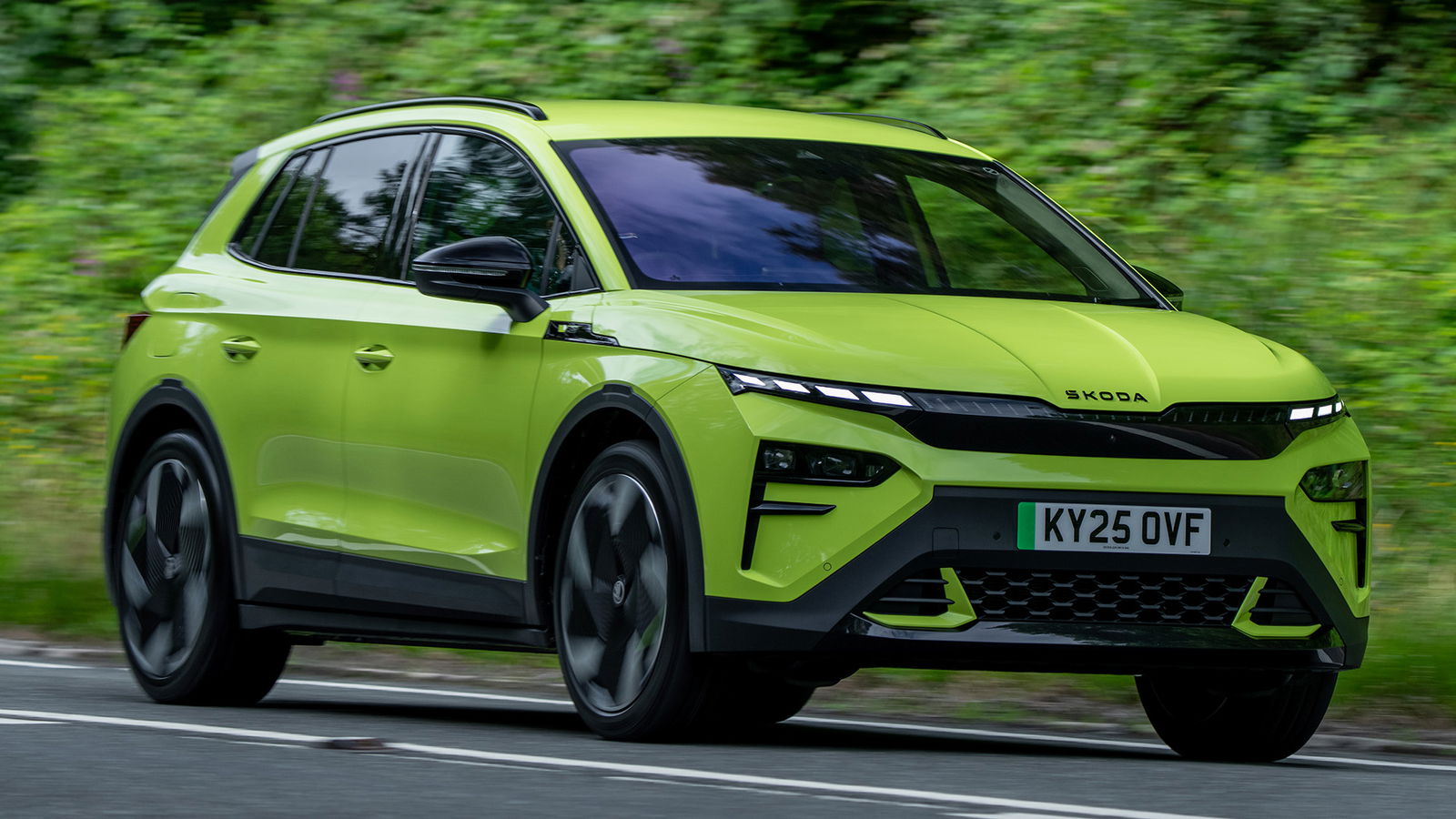
Pros
- Lots of kitCertainly quick
Cons
- Not exciting to look at……and not that exciting to drive
When a brand comes out proudly proclaiming a new car as its quickest ever, it’s usually a very good reason to get excited. When that car is a mid-size electric SUV… perhaps less so, but that’s what we have today.
That is the Skoda Elroq vRS, which can crack 0-62mph in 5.4 seconds. Yes, a mid-size Skoda that will keep pace with a Lotus Esprit Turbo. Imagine saying that 30 years ago. You can thank its dual-motor 335bhp powertrain for that one, taken from its larger stablemate, the Enyaq vRS.
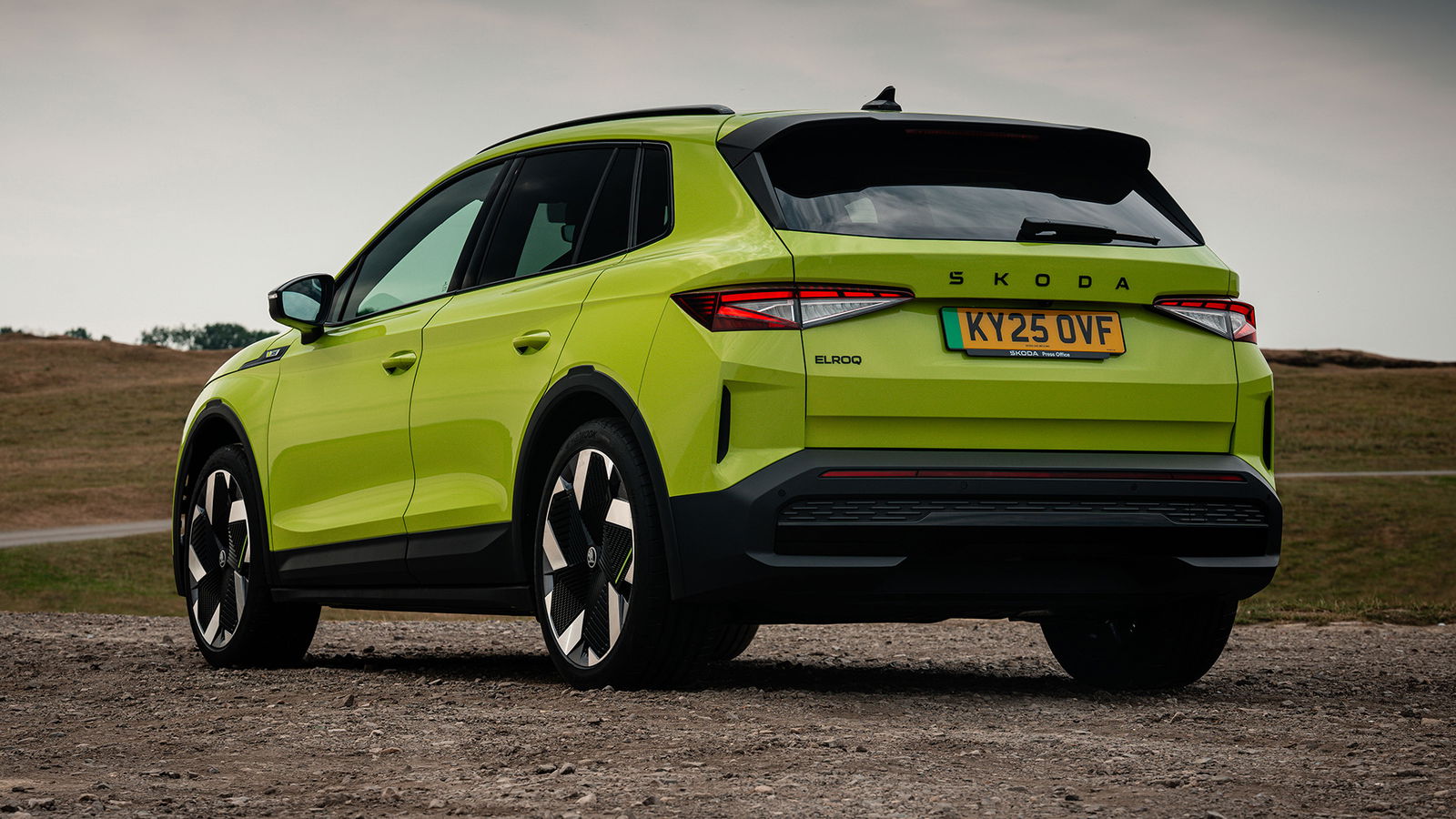
There’s more at play in making the Elroq a vRS than just cramming in some bigger motors, too. It sits on lower suspension, bringing the front down by 15mm and the rear 10mm, plus tuning to its electric steering for a more direct-feeling setup. That’s backed by 15-way adaptive dampers as part of the Dynamic Chassis Control system.
Sounds exciting, certainly. So is it? Well, err… no. Let’s start with how it looks.
vRS models have rarely been the kind to shout about the performance on offer. Think subtle spoilers, a bit of badging and tweaked bumpers rather than big fat wangs and huge bodykits. Even by that measure, though, the Elroq vRS just looks dull. Standard Hyper Green paint and 21-inch wheels do a little bit to lift that, but the bodywork doesn’t do the paint justice.
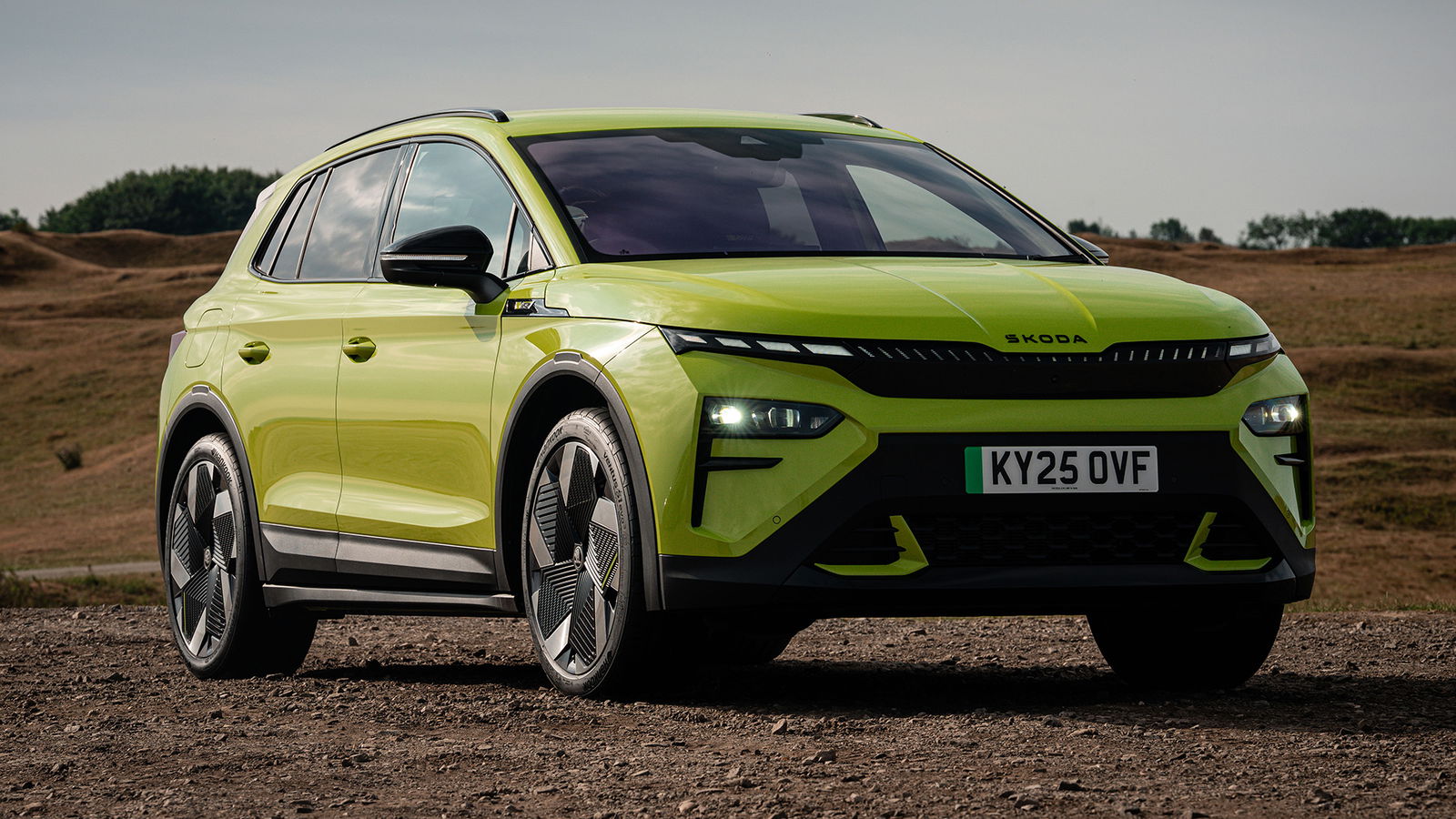
It’s a similar story inside. Sure, it gets some nice sports seats, a vRS badge on the steering wheel and a bit of green stitching, but it hardly screams performance. The Elroq’s cabin is a functional and neatly laid out one, but it’s not exactly heart-racing to sit in.
Oh, and though it’s not really what we’re here to talk about, kudos to Skoda for continuing with physical buttons on the steering wheel, but marks off for having climate controls in the touchscreen. At least that 13-inch digital display is brilliant to use, and does get some neat vRS graphical touches.
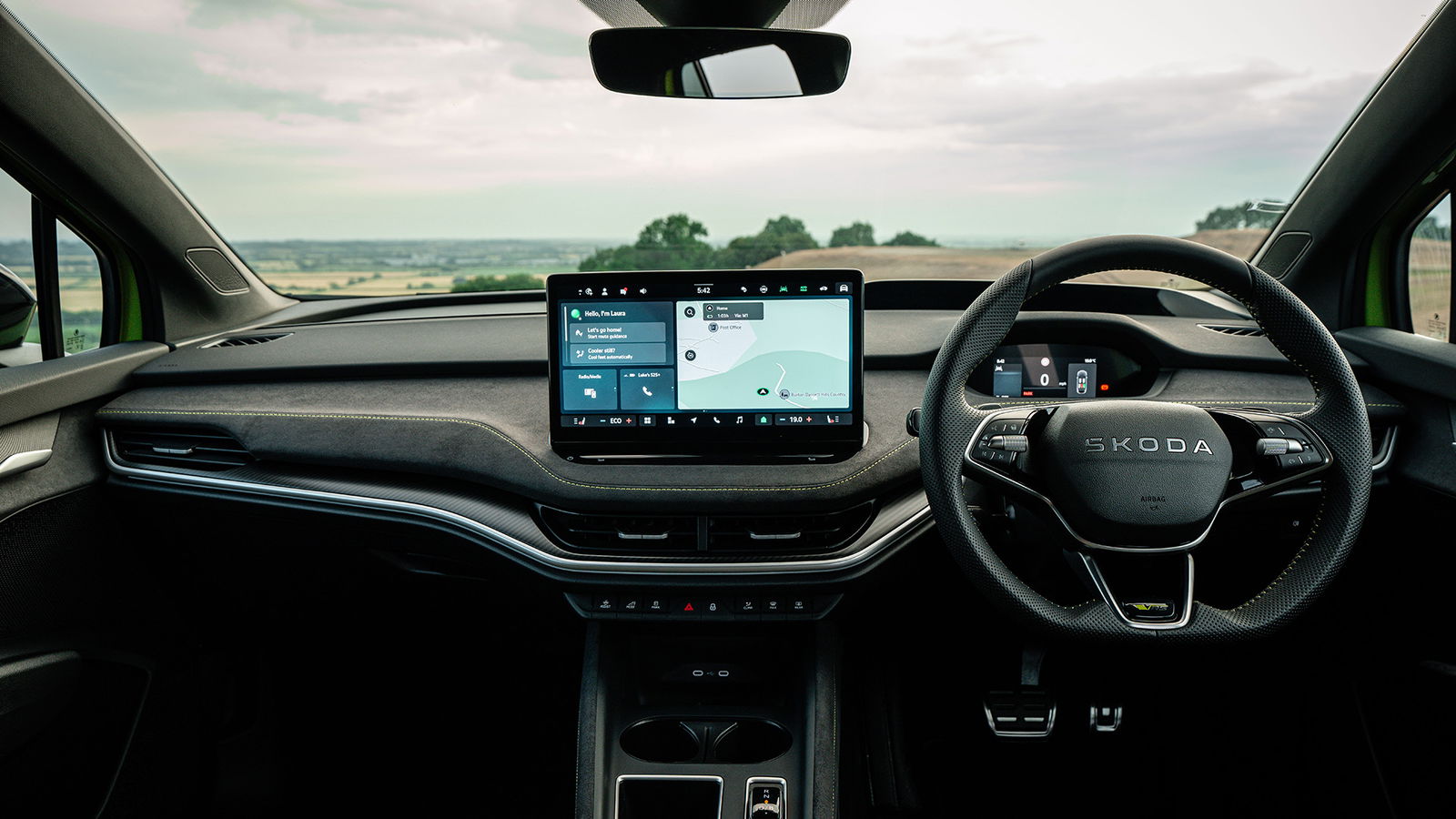
You can guess where we’re heading with the driving experience, then. Compared with the standard Skoda Elroq, the vRS is certainly more engaging, but then so is sitting on hold over a phone call with your internet provider when it comes to the end of your contract.
Quick, yes. We haven’t been able to verify it officially, but that quoted 0-62mph time checks out. It’s not stomach-into-back rapid, but certainly brisk enough and a little hilarious at a traffic light. From there, though, the Elroq vRS struggles to entertain.
Steering feel is still quite muted despite the changes, and there’s no real feedback coming to you through your hands or your bum, two crucial elements to making a good performance car of any kind. The lack of sound doesn’t help, either. ‘Sport’ and ‘Futuristic’ external sounds are selectable, but you don’t get the benefit of that within the cabin, and Hyundai has proven you can make EVs more fun with a bit of creative audio work.
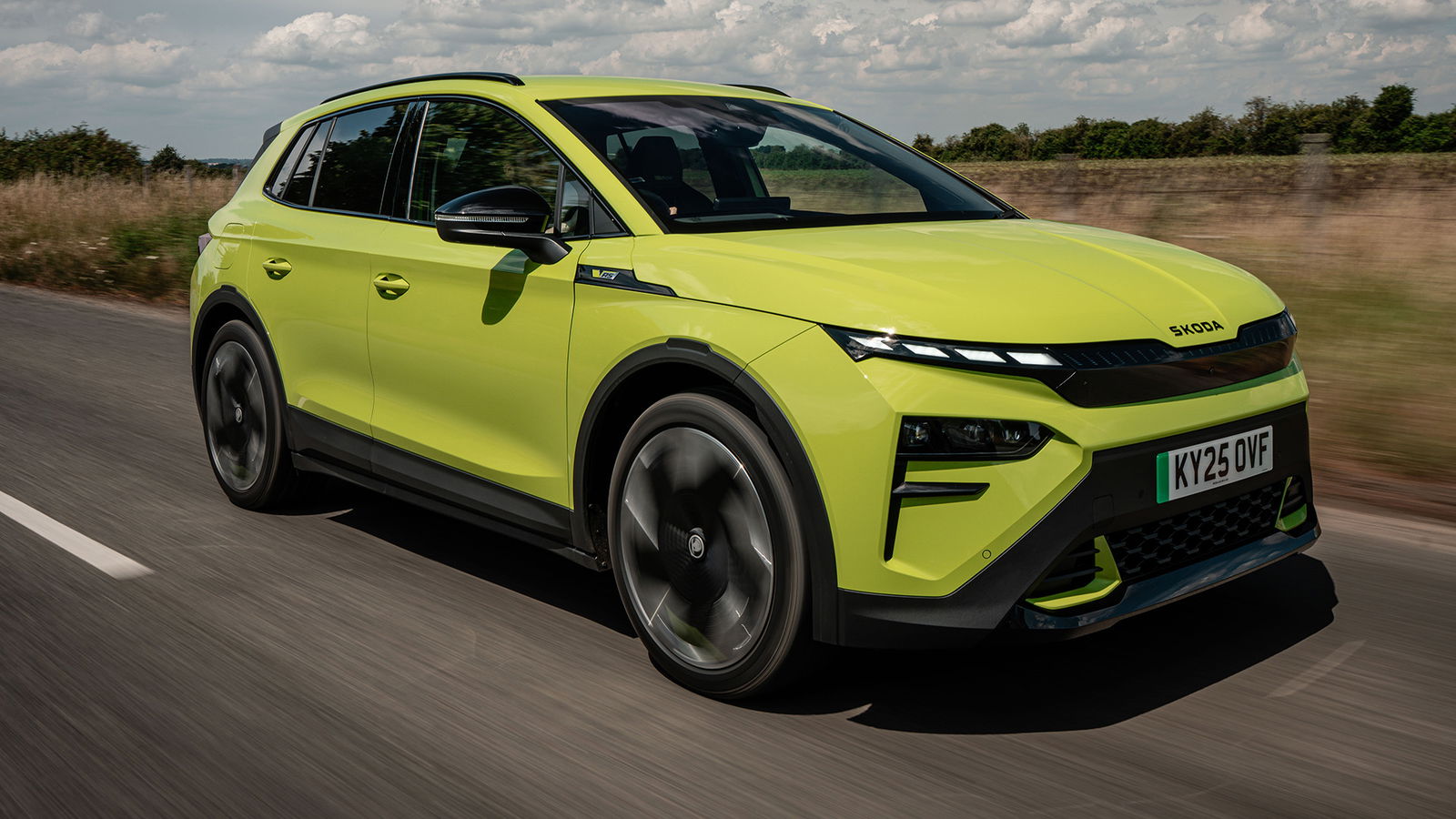
It stops well, though. Two-piston calliper brakes now sit on the front axle, and the transition from physical disc to regenerative braking from the electric motors is a smooth one. A confidence-inspiring stomp on the brake pedals isn’t always the measure of a performance-oriented electric SUV, but it’s a plus point here.
Perhaps in spite of, or as a result of it not being all that exciting, the Skoda Elroq vRS still does all the regular Elroq things well, though. It’s comfortable at a cruise, easy to scoot around town with its light-ish steering and has a decent turning circle, plus visibility out of the front is good. Less so out back, but the vRS does come with a reversing camera as standard to help alleviate that.
Those sports seats don’t cut legroom in the back either, and there’s no compromise on its 470-litre boot space – made more useful by its variable floor.
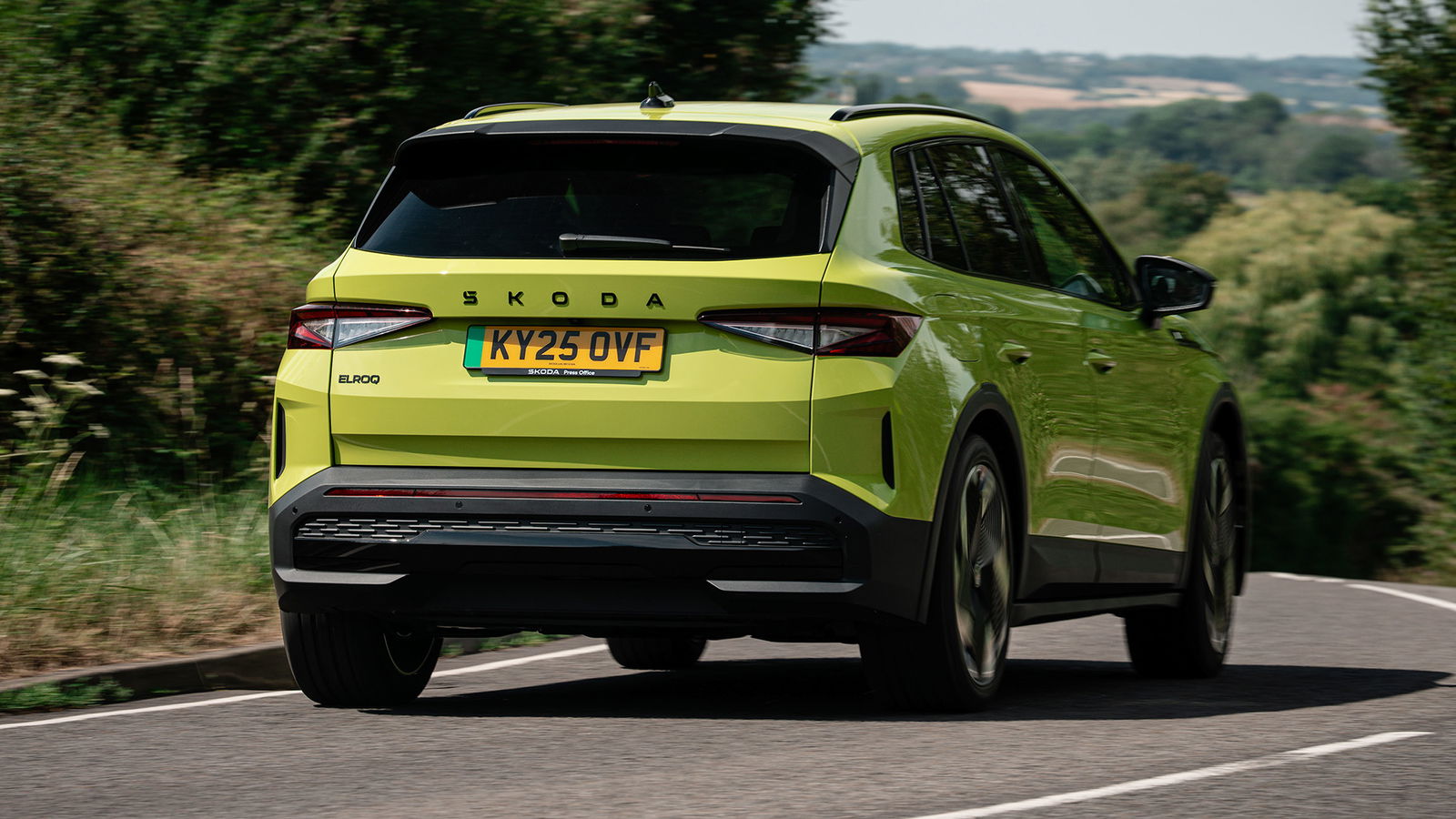
It’s also sensationally equipped. On top of everything we’ve mentioned, it also gets dual-zone climate control, adaptive cruise control, a 12-speaker Canton sound system and an electric tailgate.
More power does mean range takes a hit. Its 79kWh net capacity pack of batteries is said to return 340 miles on a single charge – a 20-mile dip compared with a more sedate 85. That’ll drop dramatically if you thrash it, but use it sensibly, and 300 miles is realistically doable in the real world.
If you’re going to want to use your Elroq sensibly, though, why bother with a vRS at all? A SportLine 85 is just as sporty-ish looking, just without the Hyper Green paint, and for £5000 cheaper. Sure, it does without the Dynamic Chassis Control, but has pretty much every other add-on you’ll find on the vRS.
The Skoda Elroq is a great car. The Elroq vRS doesn’t change that, though, for better and worse.
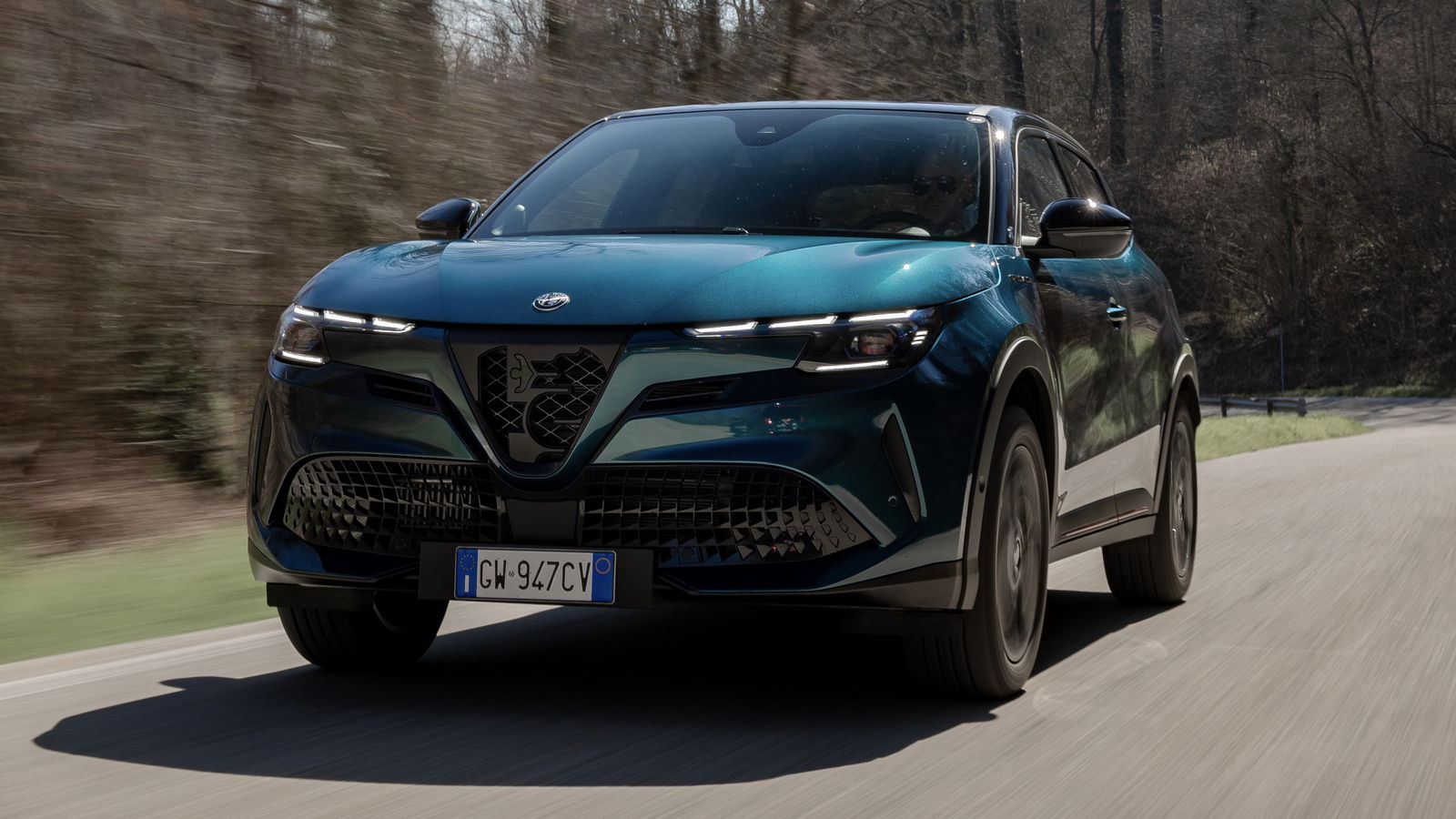
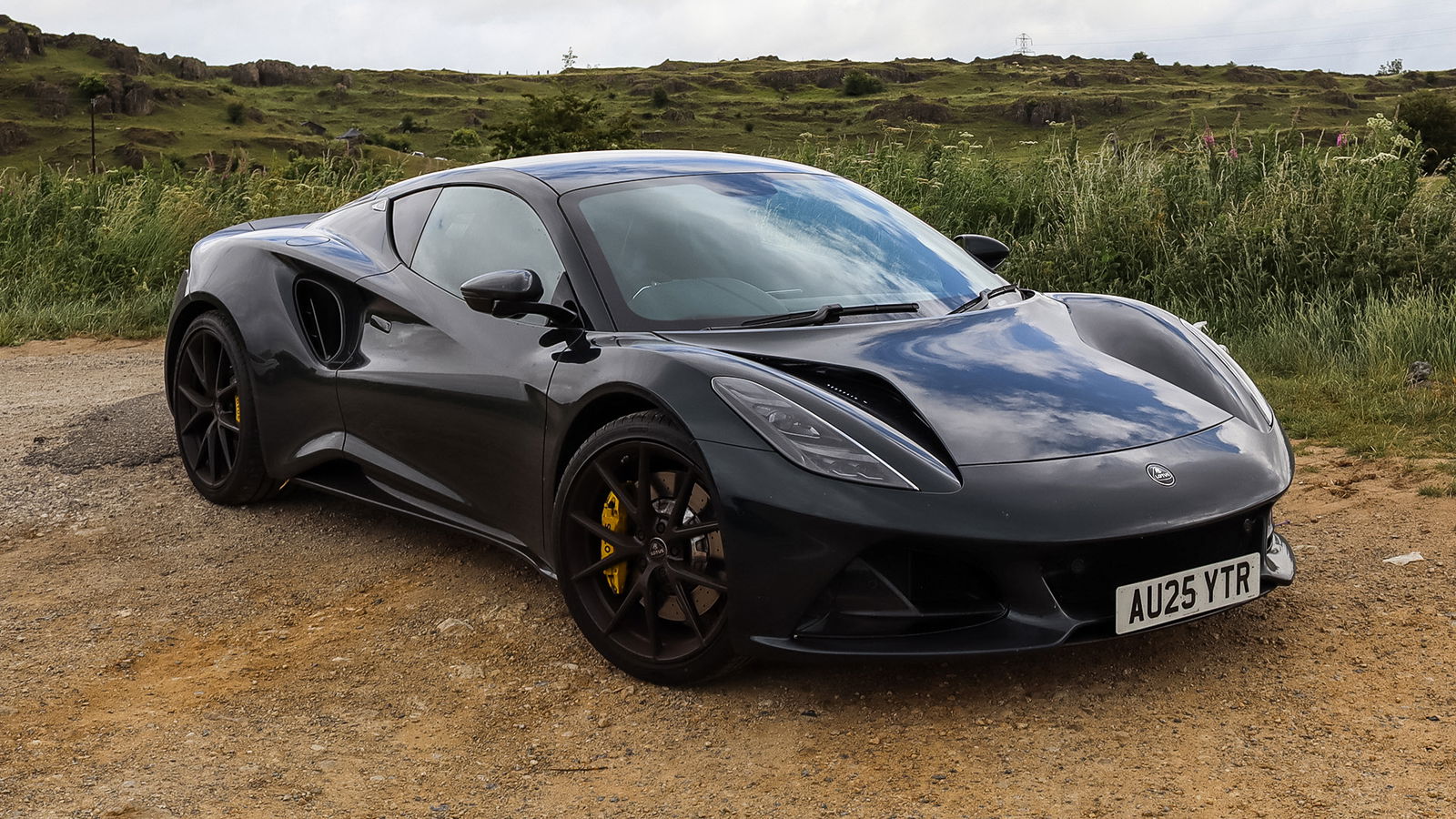













Comments
No comments found.